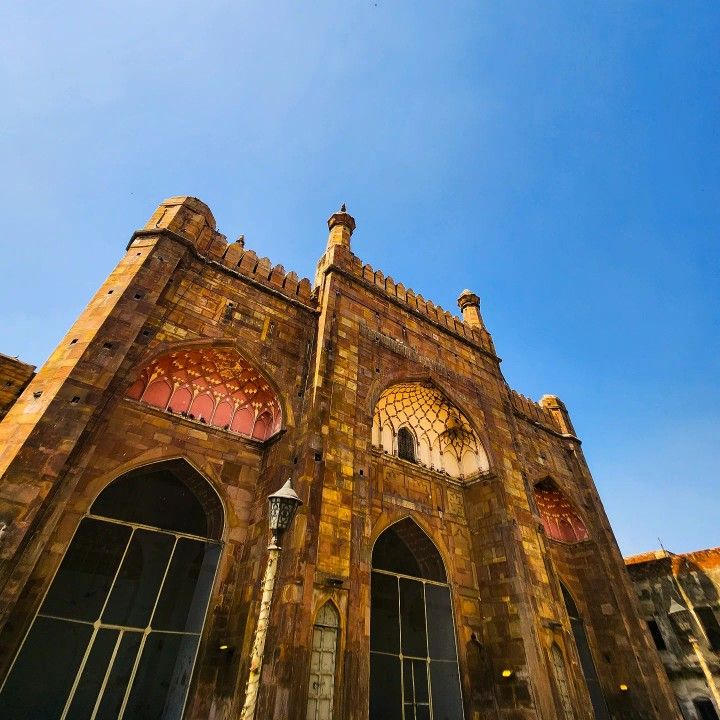Varanasi, or Banaras, is not just a city—it’s a living story of India’s spiritual heritage. One of the world’s oldest cities, Varanasi is where history, culture, and religion meet. Traveling to this city is a very personal experience that reaches your heart and involves all your senses.
1. Kashi Vishwanath Temple: Spiritual Experience
Kashi Vishwanath Temple is spiritual soul and heart of Varanasi. It is Lord Shiva temple and hottest sought Hindu temple.
As the sun rises, the gold-domed structure gleams brilliantly, casting a warm glow across the surroundings. Within this temple lies the sacred Shivling. People from all walks of life rush to sit near it, praying and wishing for divine blessings. The area is filled with a deep sense of sanctity. Simply being inside the temple makes one feel a strong presence of divinity.
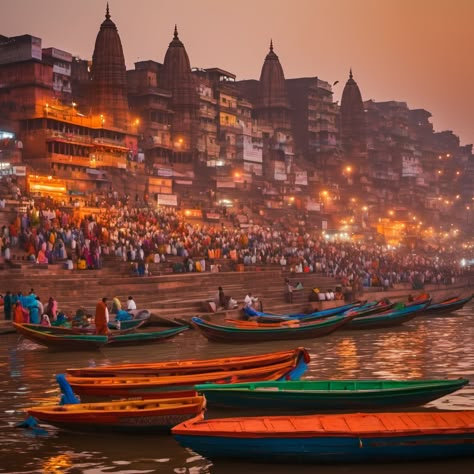
2. Dashashwamedh Ghat: Sun Set on the Ganges
Dashashwamedh Ghat is one of the historic and symbolic ghats of Varanasi. It is one of those locations where one needs to make an effort to catch a glimpse of holy Ganga Aarti on a daily basis, ritual worship that purifies the conscience of the city. At midnight, in the evening, ghat glows like star garden with star-like light, prayer, bell ringing, and incense stick. Aarti glory and music, in unblemished passion of tens of thousands here assembled, consecrate the experience.
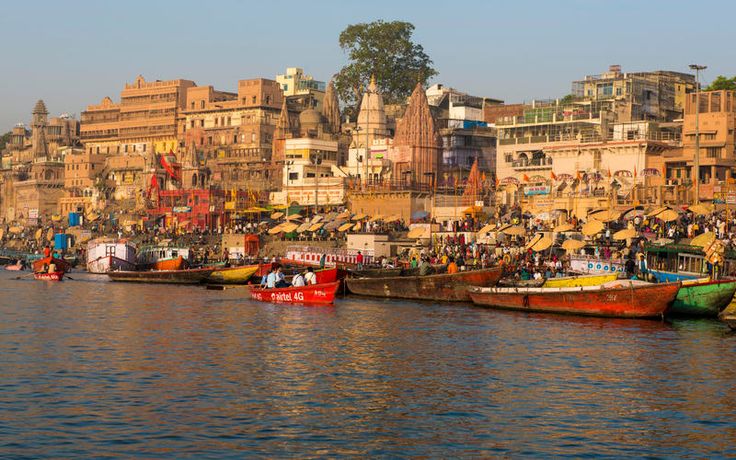
3. Sarnath: Where Buddha Gave His First Sermon
Sarnath is a few kilometers distant from city Varanasi and one of the Buddhist holy sites. It was here that Lord Buddha delivered his first sermon after enlightenment. The stunning handsome Dhamek Stupa, one of the giant 5th-century stupas, is in the center of Sarnath and speaks volumes about Buddhist art grandeur. The peaceful ambiance, ringed around by the remains of ancient temples, provides you with a peaceful ambiance which makes you reflective and thoughtful. Don’t forget to visit the Sarnath Archaeological Museum, where a person has an opportunity to witness old Buddhist relics and sculptures that provide one with an even greater understanding of Buddhism’s cultural rich heritage.
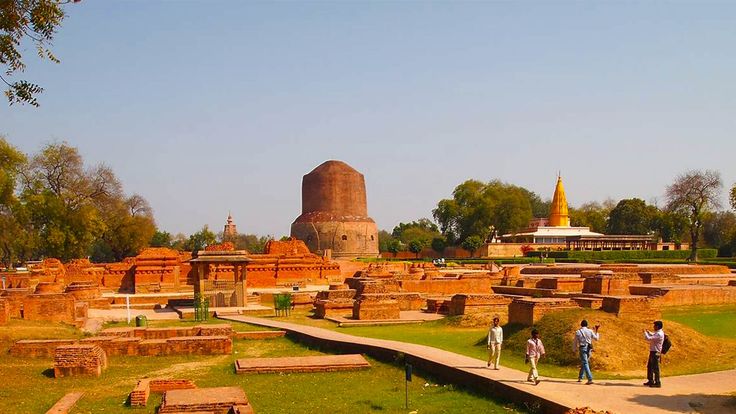
4. Assi Ghat: Peaceful Oasis on the Ganges
Assi Ghat,Tucked away at the southern end of Varanasi, Assi Ghat offers a serene escape from the city’s constant motion. As the sun rises, golden light gradually washes over the river, illuminating the tranquil surroundings. The ghat becomes a peaceful sanctuary, where locals begin their day in harmony with the river, adding to its gentle rhythm.
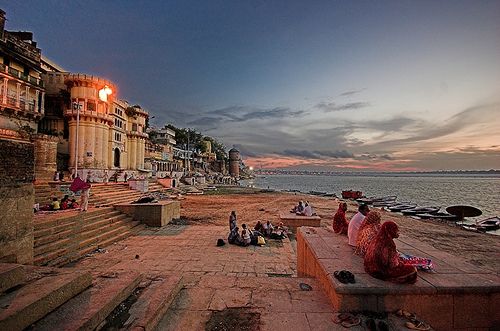
5. Manikarnika Ghat: Sacred and Spine-Chilling Experience
Manikarnika Ghat is perhaps the holiest—and most solemn—ghat in Varanasi, famously associated with Hindu cremation rituals. It is believed that those who are cremated here attain moksha, or liberation from the cycle of birth and death. . The location is mournful, and even to witness the ritual can be appallingly emotional. It is a grave reminder of life’s transitory nature.
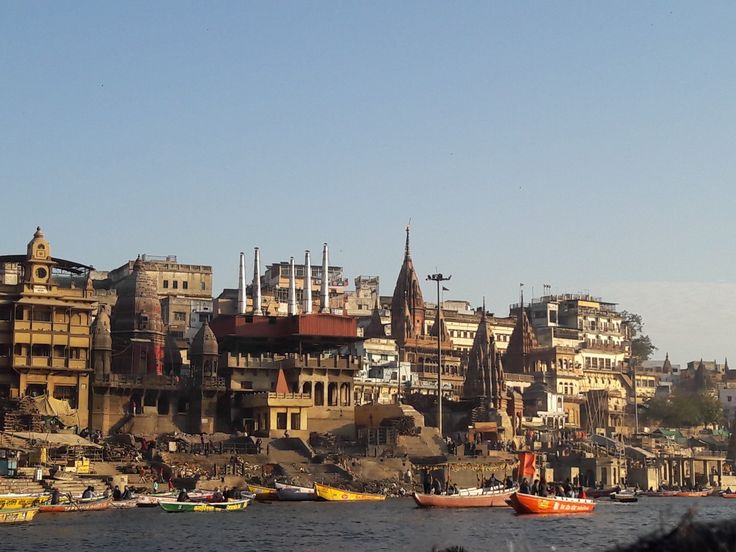
6. Kaal Bhairav Temple: The Varanasi protecting saint
There is a core of Varanasi consisting of the Kaal Bhairav Temple devoted to Lord Bhairav, the one of the ferocious incarnations of Lord Shiva. The “Protector of Varanasi,” Kaal Bhairav, is believed to protect the city from harm. The temple energy is powerful and one can feel that only the devotees with a deep sense of devotion enter its sacred grounds. The temple’s peculiar traditions and as the city guardian’s icon render the site an extremely fascinating place to visit.
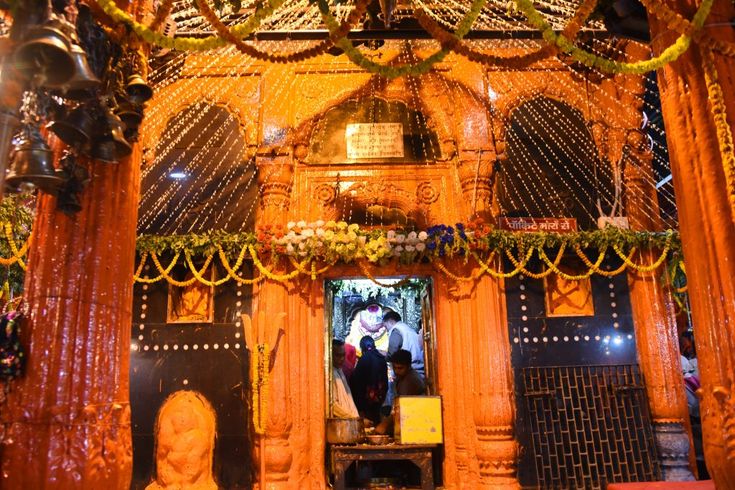
7. Banaras Hindu University (BHU): A Center of Culture and Learning
Banaras Hindu University (BHU) is one of India’s finest places to study in and a significant intellectual and cultural hub in Varanasi. The expansive campus includes greenery gardens, the Vishwanath Temple, and much history. One cannot and must not overlook the BHU Museum and Botanical Gardens, which provides one with an idea of the academic and natural beauty of the university. From history, culture, or education, BHU is one of the travel destinations of Varanasi.
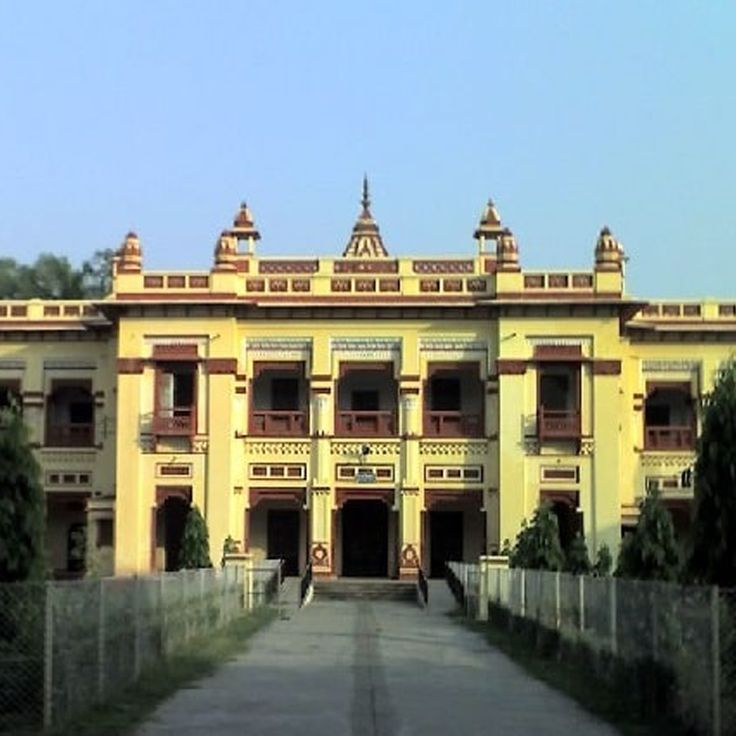
8. Ramnagar Fort: A Glance at Royalty Life
Ramnagar Fort, situated on the Ganges, is a beautiful view of Varanasi royal life. The old fort, dating back to the 18th century, is the residence of the Maharaja of Varanasi and centuries pass through its gates. A museum within shops with the traces of royal life, old cars, ancient books, and paintings depicting Royals’ life in Varanasi. Architectural structures in the fort are picture-perfect and the sunset here in the evenings is an enchanting atmosphere.
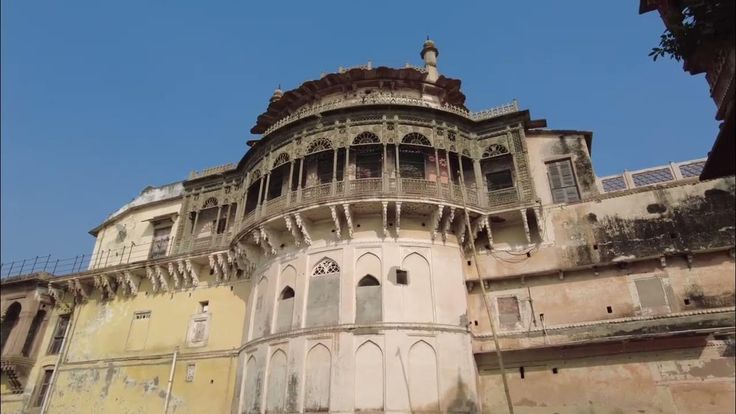
9. Tulsi Manas Temple: Lord Ram Memorial
Tulsi Manas Temple is the memorial of Lord Ram and it holds significance in the sense that it is said to be the throne upon which poet-saint Tulsidas composed epic Ramcharitmanas. Temple walls contain exquisite paintings of Ramayana landscapes which are marble cut out work. The peaceful atmosphere is the ideal place to think about the life lessons learned by Lord Ram and pondering his virtues.
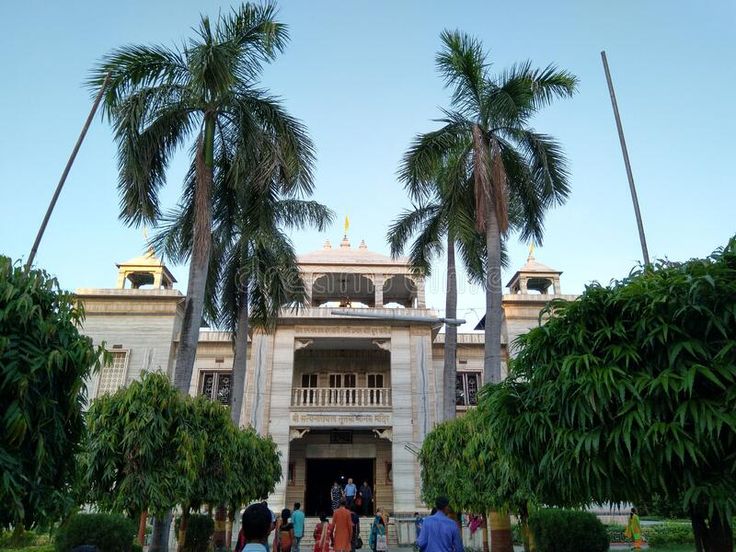
10. Alamgir Mosque: Mughal Architecture in Varanasi
Alamgir Mosque, Located close to the Ganges, this structure is renowned for its magnificent architecture, featuring grand domes, tall minarets, and intricate carvings. Surrounded by a peaceful environment, it provides an ideal space for reflection and contemplation. As a symbol of prosperity and the rich cultural fabric of Varanasi, it represents the harmonious coexistence of Islam and Hinduism for centuries. The visit to the mosque sends an impression of the grandeur of the building’s design and historical impact of Mughal sovereignty on Varanasi.
